1 of 29
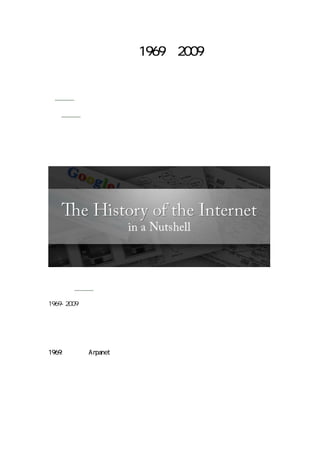

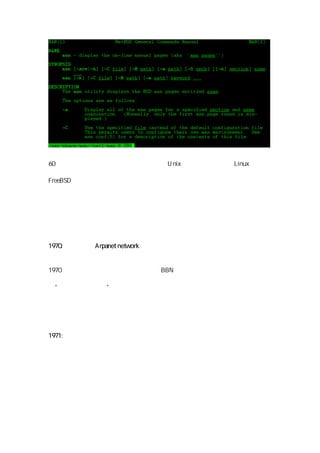




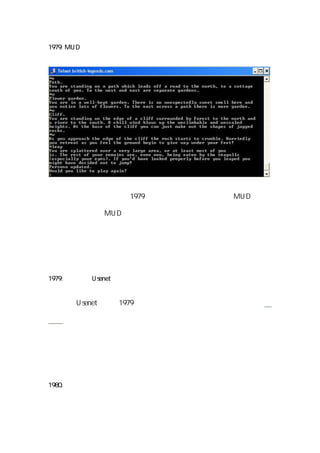
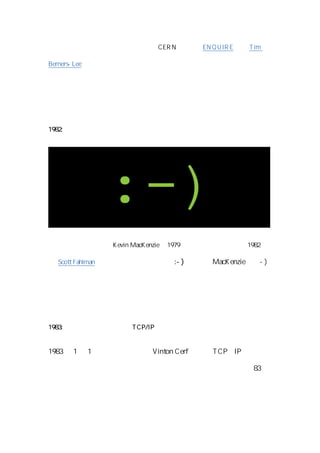
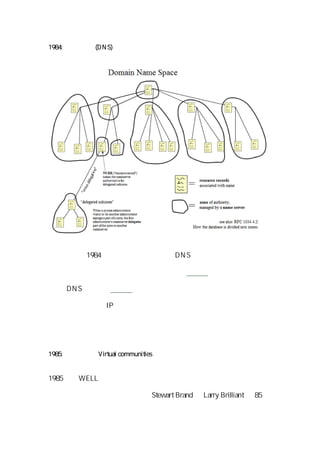

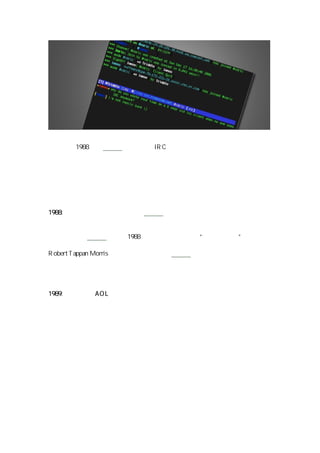

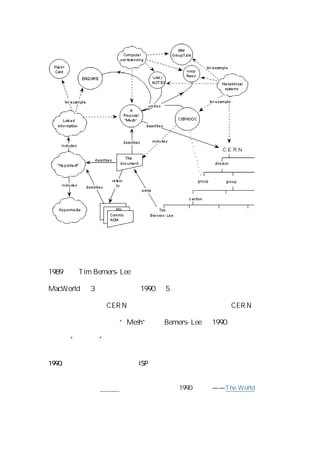



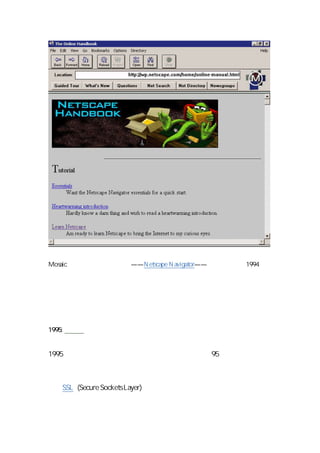
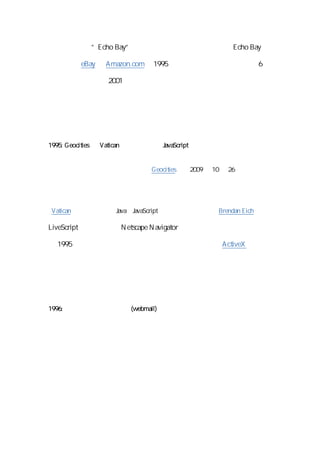
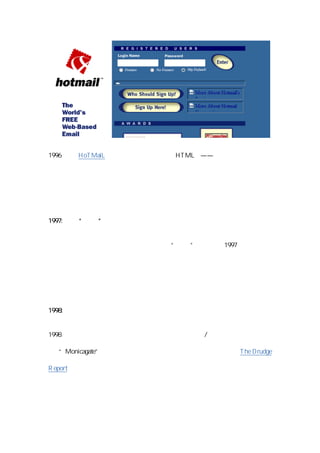
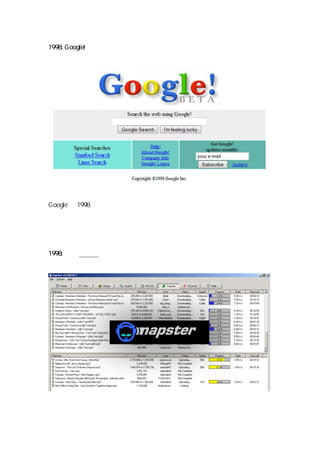








Ad
Recommended
极客公园第11期线下活动---豌豆荚宣讲
极客公园第11期线下活动---豌豆荚宣讲geekparknet
?
根据豌豆荚的统计数据,在Android的应用市场上,4%的应用占据了80%的安装量。究其原因,这是因为Android上的优秀应用还非常稀缺,这造成了大量用户朝优势应用的集中,这对Android生态系统来说并不是一个好现象。
从去年年底到今年年初的数据显示,Android上流行的应用已经开始从清一色的基础工具类应用向娱乐性应用转变,这表明用户的体验正在提升。虽然与iOS的应用生态系统相比还有不小的差距,但这也为Android开发者提供了巨大的机会。
豌豆荚即将启动“豌豆荚推广计划”、“豌豆荚设计奖”,致力于帮助国内优秀应用的成长,欢迎大家联系内测和自荐。如何善用SEM+SEO互相補足 - EP05
如何善用SEM+SEO互相補足 - EP05Ringo Li
?
今次是讀者Kevin的提問:SEM和SEO兩者的預算應如何分配?
如果你也曾經有這樣的謎思,快來看看Ringo會給你甚麼建議!
P.S. Kevin,共勉之。
======================================================
Facebook Fan Page - HK SEO
https://www.facebook.com/sexyseohk/
(俾個Like支持下~)
Youtube Channel - Ringo Li
https://www.youtube.com/channel/UCREEjOTLvjmfChksKglO28g/featured?disable_polymer=1
(Subscribe左將會睇到更多分享!)翱辫别苍颁补谤迟模板规划教学
翱辫别苍颁补谤迟模板规划教学蘇姵欣 PeiSu
?
admin:後台位置
catalog:前台位置
vqmod:xml外掛
config.php:資料庫、主機設定
Controller:判斷、處理程序
Model:撈取、資料庫語法
View:樣板 (類似HTML)
Language:文字、語系
實作步驟
以【會員中心模組】為例
現在要把【會員中心模組】放置於『會員登入』頁面
WordPress shortcode應用教學
WordPress shortcode應用教學蘇姵欣 PeiSu
?
本課程所使用外掛
應用範例一
Contact Form7 (聯絡我們表單)
應用範例二
Nite Shortcodes (文字編輯器常用功能)
應用範例三
Crellyslider (輪播Banner)
碳.殛 深度清洁原理
碳.殛 深度清洁原理Swiftron Energy Co., Ltd
?
深層就是二次!心得區:
http://imgur.com/a/7bhHp
超過15萬km的過量積碳,
雖然無法一舉「殛」斃;
但是藉由純氫的穿透力,
短時間內兩次的碳.殛
就可以克服了!!!奥辞谤诲笔谤别蝉蝉客製化模板教学
奥辞谤诲笔谤别蝉蝉客製化模板教学蘇姵欣 PeiSu
?
index.php:整體首頁?
header.php:網站頂部及網頁資訊
footer.php:網站底部?
single.php:文章內頁
archive.php:文章分類頁面?
page.php:分頁頁面?
sidebar.php:側邊欄
style.css:css語法?
404.php:錯誤頁面?
comments.php:留言頁面?
functions.php:功能函數?
-----------------------------------------
客製化模板-選擇模板抓取特定分類文章列表
抓取特定分類文章列表
抓取特定文章或頁面的內容
----------------------------------------
後台路徑
/wp-admin
前台路徑
/wp-content
主題位置
/wp-content/themes/你的主題
外掛位置
/wp-content/plugins
Prison work and industries_pdasneves
Prison work and industries_pdasnevesPedro das Neves
?
The document discusses the importance of prison work and industries for rehabilitation and resettlement of inmates, emphasizing the need for education and training to enhance employability and reduce recidivism. It outlines the current state of prison systems, statistics on incarcerated populations, and the necessity of structured prison industries that provide inmates with skills and work habits essential for reintegration into society. Additionally, it proposes a comprehensive approach to developing prison industries, focusing on organizational structure, training, and collaboration with external partners.Silka Plenary PPSR2012
Silka Plenary PPSR2012CitizenScience.org
?
The document discusses community-based participatory research (CBPR) and its benefits for enhancing scientific rigor and outcomes, particularly in citizen science initiatives. It highlights successful collaborations addressing pressing issues, such as the invasive emerald ash borer threat to Maine's indigenous basket-making tradition. The document emphasizes the importance of partnerships and identifies challenges and questions related to the applicability and training requirements for effective CBPR implementation."The old, the young and the fool (the mentally ill) in prison".
"The old, the young and the fool (the mentally ill) in prison". Pedro das Neves
?
The document addresses the specific healthcare challenges faced by elderly, young, and mentally ill inmates in European prisons, highlighting the rising prison populations and the importance of addressing the health needs of these vulnerable groups. It presents statistical evidence about the deteriorating health conditions within these populations, emphasizing the higher prevalence of mental health disorders and chronic illnesses among elderly prisoners. Additionally, the document discusses the risks of suicide and self-harm among inmates, urging for improved healthcare strategies and rehabilitation programs to better meet the needs of incarcerated individuals.Miller rushing Plenary PPSR2012
Miller rushing Plenary PPSR2012CitizenScience.org
?
This document discusses public participation in scientific research (PPSR). It begins by defining PPSR and outlining different models of participation from contributory to co-created research. It then discusses how PPSR has evolved from amateur pursuits to addressing modern grand challenges like climate change through collecting widespread, long-term data. The document concludes by noting the growth in PPSR publications and calls for further developing the field through cross-disciplinary collaboration and formalizing support structures.奥辞谤办蝉丑辞辫00互联网发展及基础应用
奥辞谤办蝉丑辞辫00互联网发展及基础应用dodo5189
?
该文档介绍了互联网的发展历程及其基础应用,包括互联网的定义、重要历史事件、技术演变以及各类应用的现状。实验内容旨在让学生掌握互联网基础知识及其在社会中的重要作用。文中还提到中国互联网发展的概况以及主要的互联网应用形式。Chapter05 film review
Chapter05 film reviewdodo5189
?
本章探讨影评写作的不同方法论,包括综合分析、比较分析和意义诠释,同时强调影评作为电影艺术与观众沟通的重要桥梁。文中还涉及导演论、表演论、意识形态分析和类型分析等多个角度,以帮助理解电影及其文化影响。有效的影评不仅是对电影的分析,也是对观众审美和思辨能力的提升。Chapter01 preface about.movie
Chapter01 preface about.moviedodo5189
?
文档探讨了电影的定义、艺术本质、传媒属性和商品属性,回顾了电影的历史以及其对社会文化的影响。提到电影不仅是一种视听艺术,也是大众传媒,具有商业化特征。文档还阐述了人们看电影的动机,包括拓宽视野、陶冶情操和自我反省。Chapter02 movie.language
Chapter02 movie.languagedodo5189
?
本章探讨电影语言的基本元素,包括镜头的定义、类型、运动和景别,以及符号与意义的关系。讨论了多种镜头,如主观镜头与客观镜头,以及景别的不同功能,强调它们在叙事和艺术表现中的重要角色。此外,文中提及了艺术家的符号理论,特别是苏珊·朗格与梵高的作品,展示了艺术如何表达情感与意义。Chapter04 actor
Chapter04 actordodo5189
?
本章探讨了演员的角色及其表演艺术的本质,从舞台剧到电影的发展历程,强调演员在表演过程中的重要性和对于角色的理解。文中还讨论了表演理论和不同风格的演员训练,如斯坦尼斯拉夫斯基的体验派和布莱希特的间离效果。最后,分析了电影表演与舞台表演的主要区别,突出了技术在表演中的重要性。Chapter03 director
Chapter03 directordodo5189
?
文档探讨了导演的职责、电影创作分工与制片厂制度,以及技术主义与写实主义的传统发展。安德烈·塔尔科夫斯基作为重要导演,其作品体现了基督教人文精神和形而上学哲学。制片人制度对电影质量有重大影响,而技术主义与写实主义分别代表了不同的电影拍摄和表达风格。Oj03 news.aggreation
Oj03 news.aggreationdodo5189
?
文档讨论了新媒体与新闻的互动传播模式,包括网络新闻的传播方式、新闻聚合的定义和形式以及社交媒体与舆论的关系。强调了通过新闻聚合形成社会认知的重要性,并回顾了搁厂厂技术在信息传递中的影响。文档还探讨了网络舆论在现代社会中的特点和舆论形成的过程。Oj02 grassroot.journalism
Oj02 grassroot.journalismdodo5189
?
本文探讨了草根新闻与社会化媒体的发展,强调了公民在新闻传播中的主导地位及其对传统新闻的影响。草根新闻允许任何人报告并分享独特视角的信息,促进了公众参与和对话。社会化媒体则提供了用户生成内容的工具,使人们能够更加自主地参与信息的创作与传播。More Related Content
What's hot (6)
WordPress shortcode應用教學
WordPress shortcode應用教學蘇姵欣 PeiSu
?
本課程所使用外掛
應用範例一
Contact Form7 (聯絡我們表單)
應用範例二
Nite Shortcodes (文字編輯器常用功能)
應用範例三
Crellyslider (輪播Banner)
碳.殛 深度清洁原理
碳.殛 深度清洁原理Swiftron Energy Co., Ltd
?
深層就是二次!心得區:
http://imgur.com/a/7bhHp
超過15萬km的過量積碳,
雖然無法一舉「殛」斃;
但是藉由純氫的穿透力,
短時間內兩次的碳.殛
就可以克服了!!!奥辞谤诲笔谤别蝉蝉客製化模板教学
奥辞谤诲笔谤别蝉蝉客製化模板教学蘇姵欣 PeiSu
?
index.php:整體首頁?
header.php:網站頂部及網頁資訊
footer.php:網站底部?
single.php:文章內頁
archive.php:文章分類頁面?
page.php:分頁頁面?
sidebar.php:側邊欄
style.css:css語法?
404.php:錯誤頁面?
comments.php:留言頁面?
functions.php:功能函數?
-----------------------------------------
客製化模板-選擇模板抓取特定分類文章列表
抓取特定分類文章列表
抓取特定文章或頁面的內容
----------------------------------------
後台路徑
/wp-admin
前台路徑
/wp-content
主題位置
/wp-content/themes/你的主題
外掛位置
/wp-content/plugins
Viewers also liked (9)
Prison work and industries_pdasneves
Prison work and industries_pdasnevesPedro das Neves
?
The document discusses the importance of prison work and industries for rehabilitation and resettlement of inmates, emphasizing the need for education and training to enhance employability and reduce recidivism. It outlines the current state of prison systems, statistics on incarcerated populations, and the necessity of structured prison industries that provide inmates with skills and work habits essential for reintegration into society. Additionally, it proposes a comprehensive approach to developing prison industries, focusing on organizational structure, training, and collaboration with external partners.Silka Plenary PPSR2012
Silka Plenary PPSR2012CitizenScience.org
?
The document discusses community-based participatory research (CBPR) and its benefits for enhancing scientific rigor and outcomes, particularly in citizen science initiatives. It highlights successful collaborations addressing pressing issues, such as the invasive emerald ash borer threat to Maine's indigenous basket-making tradition. The document emphasizes the importance of partnerships and identifies challenges and questions related to the applicability and training requirements for effective CBPR implementation."The old, the young and the fool (the mentally ill) in prison".
"The old, the young and the fool (the mentally ill) in prison". Pedro das Neves
?
The document addresses the specific healthcare challenges faced by elderly, young, and mentally ill inmates in European prisons, highlighting the rising prison populations and the importance of addressing the health needs of these vulnerable groups. It presents statistical evidence about the deteriorating health conditions within these populations, emphasizing the higher prevalence of mental health disorders and chronic illnesses among elderly prisoners. Additionally, the document discusses the risks of suicide and self-harm among inmates, urging for improved healthcare strategies and rehabilitation programs to better meet the needs of incarcerated individuals.Miller rushing Plenary PPSR2012
Miller rushing Plenary PPSR2012CitizenScience.org
?
This document discusses public participation in scientific research (PPSR). It begins by defining PPSR and outlining different models of participation from contributory to co-created research. It then discusses how PPSR has evolved from amateur pursuits to addressing modern grand challenges like climate change through collecting widespread, long-term data. The document concludes by noting the growth in PPSR publications and calls for further developing the field through cross-disciplinary collaboration and formalizing support structures.奥辞谤办蝉丑辞辫00互联网发展及基础应用
奥辞谤办蝉丑辞辫00互联网发展及基础应用dodo5189
?
该文档介绍了互联网的发展历程及其基础应用,包括互联网的定义、重要历史事件、技术演变以及各类应用的现状。实验内容旨在让学生掌握互联网基础知识及其在社会中的重要作用。文中还提到中国互联网发展的概况以及主要的互联网应用形式。Ad
More from dodo5189 (11)
Chapter05 film review
Chapter05 film reviewdodo5189
?
本章探讨影评写作的不同方法论,包括综合分析、比较分析和意义诠释,同时强调影评作为电影艺术与观众沟通的重要桥梁。文中还涉及导演论、表演论、意识形态分析和类型分析等多个角度,以帮助理解电影及其文化影响。有效的影评不仅是对电影的分析,也是对观众审美和思辨能力的提升。Chapter01 preface about.movie
Chapter01 preface about.moviedodo5189
?
文档探讨了电影的定义、艺术本质、传媒属性和商品属性,回顾了电影的历史以及其对社会文化的影响。提到电影不仅是一种视听艺术,也是大众传媒,具有商业化特征。文档还阐述了人们看电影的动机,包括拓宽视野、陶冶情操和自我反省。Chapter02 movie.language
Chapter02 movie.languagedodo5189
?
本章探讨电影语言的基本元素,包括镜头的定义、类型、运动和景别,以及符号与意义的关系。讨论了多种镜头,如主观镜头与客观镜头,以及景别的不同功能,强调它们在叙事和艺术表现中的重要角色。此外,文中提及了艺术家的符号理论,特别是苏珊·朗格与梵高的作品,展示了艺术如何表达情感与意义。Chapter04 actor
Chapter04 actordodo5189
?
本章探讨了演员的角色及其表演艺术的本质,从舞台剧到电影的发展历程,强调演员在表演过程中的重要性和对于角色的理解。文中还讨论了表演理论和不同风格的演员训练,如斯坦尼斯拉夫斯基的体验派和布莱希特的间离效果。最后,分析了电影表演与舞台表演的主要区别,突出了技术在表演中的重要性。Chapter03 director
Chapter03 directordodo5189
?
文档探讨了导演的职责、电影创作分工与制片厂制度,以及技术主义与写实主义的传统发展。安德烈·塔尔科夫斯基作为重要导演,其作品体现了基督教人文精神和形而上学哲学。制片人制度对电影质量有重大影响,而技术主义与写实主义分别代表了不同的电影拍摄和表达风格。Oj03 news.aggreation
Oj03 news.aggreationdodo5189
?
文档讨论了新媒体与新闻的互动传播模式,包括网络新闻的传播方式、新闻聚合的定义和形式以及社交媒体与舆论的关系。强调了通过新闻聚合形成社会认知的重要性,并回顾了搁厂厂技术在信息传递中的影响。文档还探讨了网络舆论在现代社会中的特点和舆论形成的过程。Oj02 grassroot.journalism
Oj02 grassroot.journalismdodo5189
?
本文探讨了草根新闻与社会化媒体的发展,强调了公民在新闻传播中的主导地位及其对传统新闻的影响。草根新闻允许任何人报告并分享独特视角的信息,促进了公众参与和对话。社会化媒体则提供了用户生成内容的工具,使人们能够更加自主地参与信息的创作与传播。Oj01 new.media.&.journalism
Oj01 new.media.&.journalismdodo5189
?
This document discusses the evolution of journalism in the digital age, highlighting the impact of new media and online news on traditional media. It covers concepts like grassroots journalism, digital existence, and the changing relationship between information providers and audiences. Key figures and definitions related to media evolution are presented, emphasizing the benefits and challenges of online journalism.Workshop01 网络新闻发展现状调查及新闻网站统计分析
Workshop01 网络新闻发展现状调查及新闻网站统计分析dodo5189
?
本实验指导书旨在帮助学生理解网络新闻的现状及新闻网站的统计分析,通过调查网络新闻受众和新闻服务模式,掌握网站分析的基本知识。学生将学习利用分析工具收集数据,并进行有效的受众分析,同时关注网络新闻的发展趋势与网站类型。实验结果将以报告的形式呈现,涉及数据收集、内容分析和团队合作的情况。颁苍苍颈肠第27次中国互联网络发展状况统计报告20110119
颁苍苍颈肠第27次中国互联网络发展状况统计报告20110119dodo5189
?
本报告为第27次《中国互联网络发展状况统计报告》,截至2010年12月,中国网民规模达到4.57亿,互联网普及率达到34.3%。报告还首次加入中小公司互联网应用状况的调查,显示92.7%的中小公司已接入互联网,但运营水平偏低。整体来看,网民使用多样化的上网设备和应用,网络安全问题有所改善。Ad
互联网的历史1969 2009
- 29. ? ? ? ? ? ?